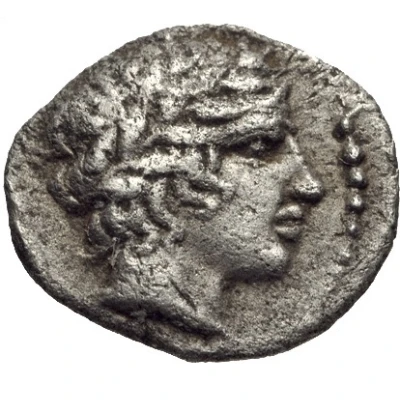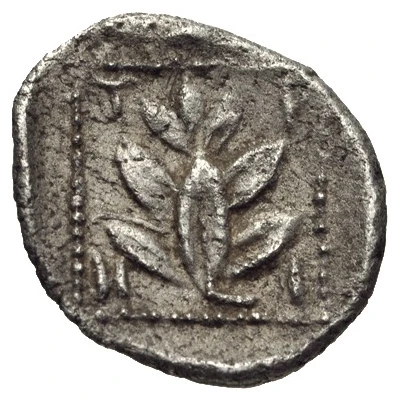


© Classical Numismatic Group, Inc.
Hemiobol 450 BC - 420 BC
| Silver | 0.45 g | 10.0 mm |
| Issuer | Trieros (Thrace) |
|---|---|
| Type | Standard circulation coin |
| Years | 450 BC - 420 BC |
| Value | Hemiobol (1⁄12) |
| Currency | Drachm |
| Composition | Silver |
| Weight | 0.45 g |
| Diameter | 10.0 mm |
| Shape | Round (irregular) |
| Technique | Hammered, Incuse |
| Demonetized | Yes |
| Updated | 2024-10-10 |
| Numista | N#178508 |
|---|---|
| Rarity index | 100% |
Reverse
Laurel branch within incuse square
Script: Greek
Interesting fact
The Hemiobol coin from Trieros (Thrace) was used as a form of currency in ancient Greece, specifically in the region of Thrace. It was made of silver and weighed around 0.45 grams. Despite its small size, it was an important coin in its time and was used for everyday transactions. It's interesting to note that the Hemiobol coin was also used as a form of art, with its design featuring images of gods, goddesses, and other mythological figures. The coin's design was a reflection of the culture and beliefs of the people who used it, and it provides a unique insight into the daily life and values of ancient Greece.